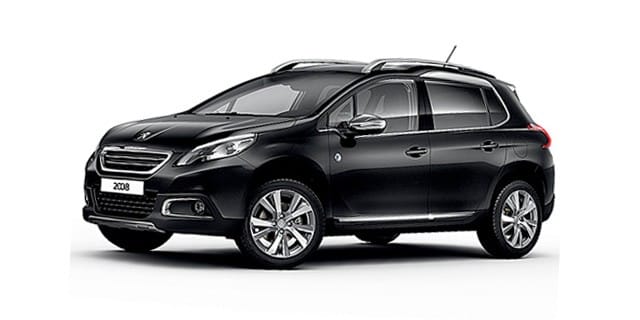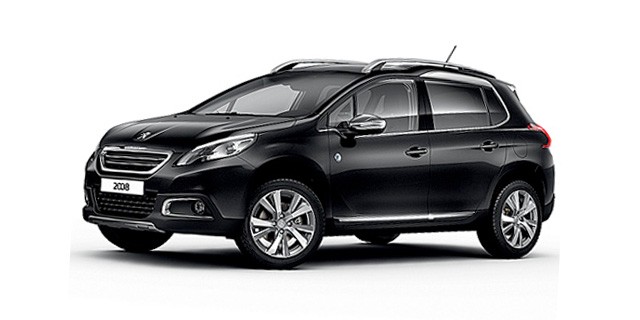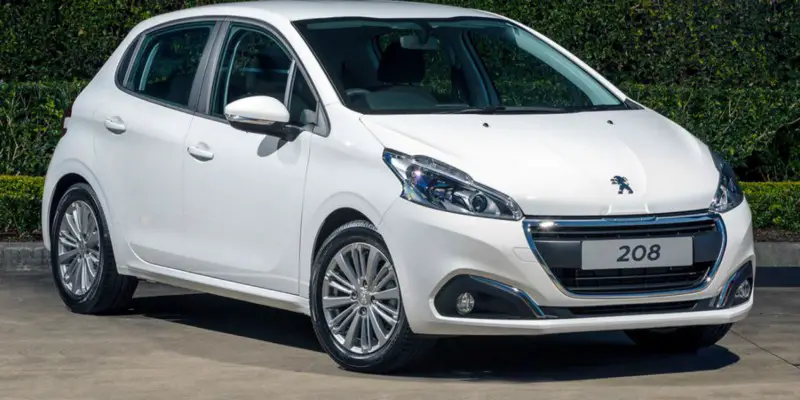Electric Peugeot 208 and 2008 models for 2019
Peugeot will introduce a new-generation version of its 208 city car and 2008 small SUV in 2019, with fully electric versions of both…


Peugeot will introduce a new-generation version of its 208 city car and 2008 small SUV in 2019, with fully electric versions of both certain to be offered as part of the range… in Europe, at least.
Peugeot future product specialist Laurent Blanchard said that the new B-segment 208 hatchback model will come with a pure electric model, as will the new-generation 2008. Both models will be full electric for the B-segment hatch and B-segment SUV,” he said, referring to the 208 hatch and the 2008 small SUV, before suggesting that plug-in hybrid (PHEV) technology is more likely to be reserved for the larger 308 and 508 (and 3008/5008) models.
small cars, electrification is well adapted because these cars are city cars mostly, people agree to buy an electric smaller car because they don’t need to go very far, so it’s interesting to have an electric solution.For larger cars, people want to have the autonomy to go and do 400 or 500 km. At this stage, the full electric is quite complicated because you have to stop every few hundred kilometers to recharge the car and wait one hour or more. So it’s not flexible,” said Blanchard.
PHEV is a good solution for a car that has to go on long trips, and the BEV [Battery Electric Vehicle] is more oriented for cities, at this stage. That doesn’t mean that it won’t be in the future — maybe in 2025, it will be suitable for long trips.
Smaller cars are being used as a test bed for electric power, with competitors in the small SUV segment including the likes of the Hyundai Kona EV, and the city car segment including the Renault Zoe.
Obviously there are issues with that: the smaller the platform, the less batteries, and the less potential driving range. But countering that is the argument that the vehicles are smaller and therefore lighter, and the customer doesn’t necessarily need as much range, either.
Further, there’s the notion that smaller vehicles make it hard to absorb the cost of new technology.The B-segment is not as big as it was before, it is more-or-less one third of this market, and we have a very big market share.

The new Peugeot 208 seems to take inspiration from the brand’s latest 3008 and 5008 SUVs, borrowing their upright grilles and U-shaped lower air intakes. The roofline tapers towards the back for a sportier look, while at the rear we can pick out a small boot spoiler and a bumper-mounted number plate. The front DRL signature is replicated at the back, in what looks like a full-LED set-up, whilst the dual exhausts hint towards this being the sportier GT-Line variant.
That extra length will come from the switch to the all-new chassis. Unlike the Citroen C3, which stayed on PSA’s existing PF1 supermini platform, the 208 will get a fresh set of components. Called CMP, the new platform is being developed jointly by the French company’s engineers and technicians from PSA’s Chinese manufacturing partner, Dongfeng.
As with EMP2, which brought significant weight savings to the 308, and 3008, CMP should help the 208 to shed kilos and improve efficiency — it could be up to 100kg lighter, although some of that gain is likely to be ploughed back into a plusher interior.
Inside, Peugeot i-Cockpit set-up has been refined , while the central infotainment system upgraded for quicker responses. Greater smartphone connectivity and other multimedia features will be offered. While it might look and feel good inside, though, the 208 offers merely average rear passenger and boot space. It’s also difficult for the driver to get comfortable and find their way around its infotainment system. Furthermore, the 208 is not as good to drive as many rivals, particularly the Ford Fiesta.
The 208 going electric is a result of the subcompact model taking the Common Modular Platform (CMP) route, which will be the backbone for the model’s next generation. The 208 EV was done in collaboration with Chinese car manufacturer Dongfeng Motors.




